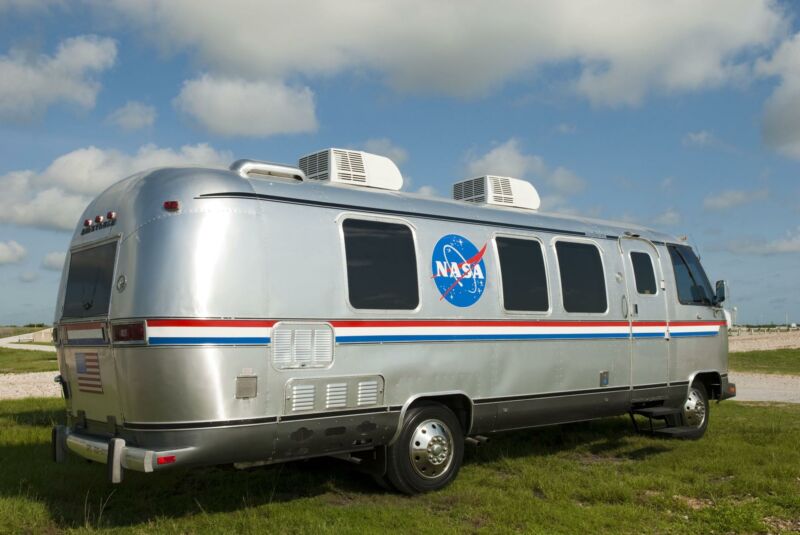
NASA has asked industry for ideas to develop an "Artemis Crew Transportation Vehicle" that will take its astronauts from suit-up facilities to the launch pad on launch day.
The space agency, of course, has not launched its own astronauts on a NASA-built vehicle since the end of the space shuttle program in 2011. From 1984 through the end of the shuttle era, the agency used a modified Airstream motor home, known as the "Astrovan," to ferry crews to the launch pad. This iconic vehicle had a shiny, silvery exterior but a fairly spartan interior. "The current vehicle's appeal is rooted in its tradition rather than its décor," the agency acknowledged in 2011.
Now, NASA is gearing up for a new era of deep space exploration, and it plans to launch four astronauts at a time inside the Orion spacecraft, on top of a Space Launch System rocket. The first human flights on these vehicles could occur in late 2023 or early 2024, NASA administrator Bill Nelson recently said.
While it has taken literally decades and tens of billions of dollars to develop the spacecraft and rocket, NASA is hoping its launch pad ride can be furnished a little more quickly. In its solicitation, released Friday, NASA says its "Artemis CTV" should be delivered no later than June 2023.
NASA is considering three different options for the new vehicle. A provider can custom-build a vehicle, modify a commercially available vehicle, or repair and refurbish the venerable Astrovan.
As part of its solicitation, NASA has a lengthy list of requirements for its Artemis transport vehicle. Among them:
- It must be a zero-emission vehicle, such as battery-electric, plug-in hybrid electric, or fuel cell electric
- It must have a carrying capacity of eight passengers, including four fully suited astronauts
- It must have extensive capacity for equipment, including large bags for helmets, ice-based cooling units, and more
- Have sufficiently wide doors of 24 to 36 inches for ingress and egress by suited astronauts
According to Ars automotive editor Jonathan Gitlin, it is unlikely that any existing zero-emissions vehicle meets these requirements, even with modifications. Ford's forthcoming electric Transit Van may come close, Gitlin added.
The best option, in fact, may be renovating the old Airstream. This is because the vehicle will not be called upon for particularly long journeys—it's only a few kilometers to and from the launch pad—and this demand would be well within the capabilities of a couple Tesla drive units and a slab of batteries.
With the Artemis program, NASA is going back to the Moon like it did in the 1960s. It's using a capsule design, not dissimilar to Apollo, and a large rocket with space shuttle main engines designed in the 1970s. So, why shouldn't astronaut transport be retro, too?
reader comments
226